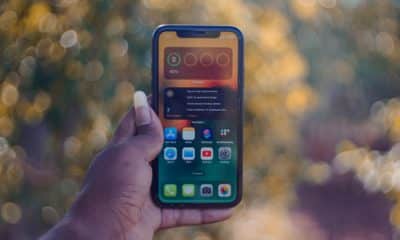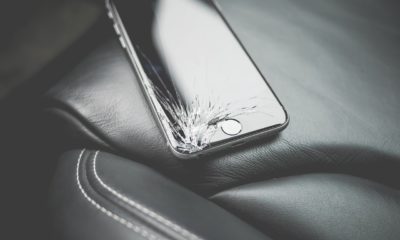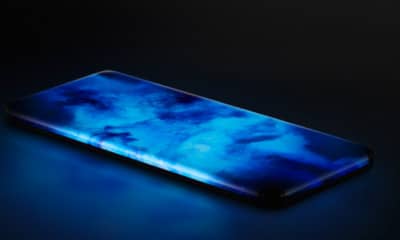Smartwatches
Can I Use Hand Sanitizer to Clean a Smartwatch Screen?
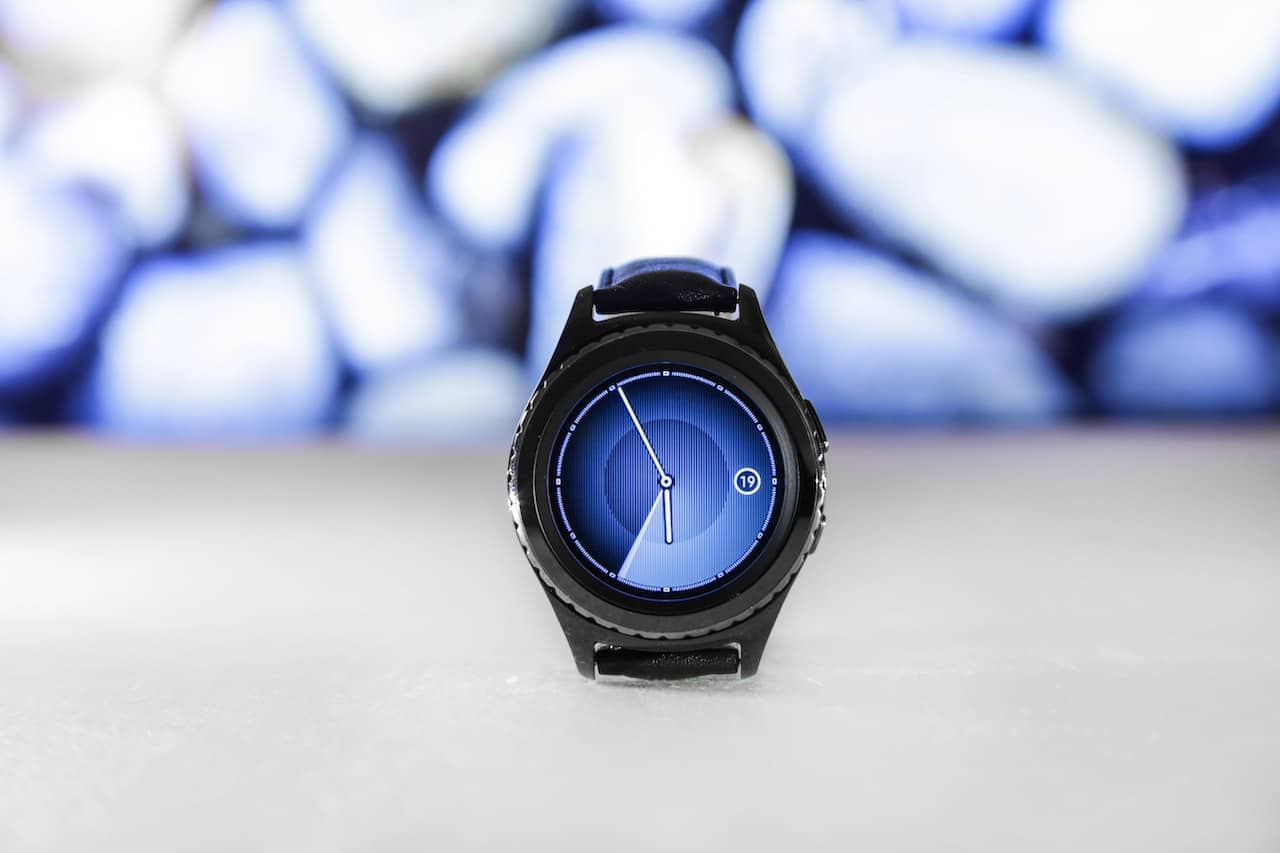
In the era of digitization, smartwatches have become more than just a convenience; they are now a staple in our daily lives. The touch-sensitive, high-resolution screens allow us to access a multitude of features with a simple swipe or tap. Over time, these screens inevitably accumulate fingerprints, grime, and germs, prompting us to ponder the best way to clean them. A question that frequently arises is: “Can you use hand sanitizer to clean a smartwatch screen?” In this article, we delve into the core of this question, exploring the science behind smartwatch screens, the composition of hand sanitizers, and ultimately, the suitability of hand sanitizers for screen cleaning.
Understanding the Smartwatch Screen
To fully grasp the potential impact of hand sanitizer on a smartwatch screen, we must first understand what these screens are made of. Most smartwatches employ OLED or AMOLED screens, composed of thin layers of organic compounds that emit light when subjected to an electric current. These screens are covered with a protective layer, often made of a scratch-resistant glass material like Corning’s Gorilla Glass or sapphire crystal, which is touted for its extreme hardness and durability.
The protective layer is crucial as it’s designed to withstand regular wear and tear, including scratches and minor impacts. However, it isn’t invincible. It can degrade over time, especially if cleaned with abrasive or chemically harsh materials. Beyond the physical structure, these screens also possess oleophobic (oil-repellent) coatings to reduce fingerprints and smudges. These coatings are sensitive and can be damaged or removed by certain cleaning agents.
These details highlight the need for careful selection of cleaning materials for smartwatch screens. Understanding the potential interaction between these materials and hand sanitizer is vital to assess the appropriateness of using the latter for screen cleaning.
Hand Sanitizer: Composition and Effects
Hand sanitizers, the omnipresent germ-fighters, are primarily composed of alcohol – usually ethanol or isopropyl alcohol – which typically makes up about 60-70% of the solution. The high alcohol concentration is the key component that makes hand sanitizer effective at killing many types of bacteria and viruses. Other ingredients can include water, glycerin, and sometimes a mild fragrance.
Alcohol has a well-known ability to clean and disinfect surfaces. However, it’s worth noting that it’s also a potent solvent, meaning it can dissolve or degrade certain substances. This characteristic could pose a risk to the sensitive components of a smartwatch screen, such as the oleophobic coating or even the protective glass layer itself, particularly with frequent or prolonged exposure.
To complicate matters further, hand sanitizers can also contain other ingredients like perfumes or colorants, which could potentially leave residues on the screen, obscuring clarity and reducing responsiveness.
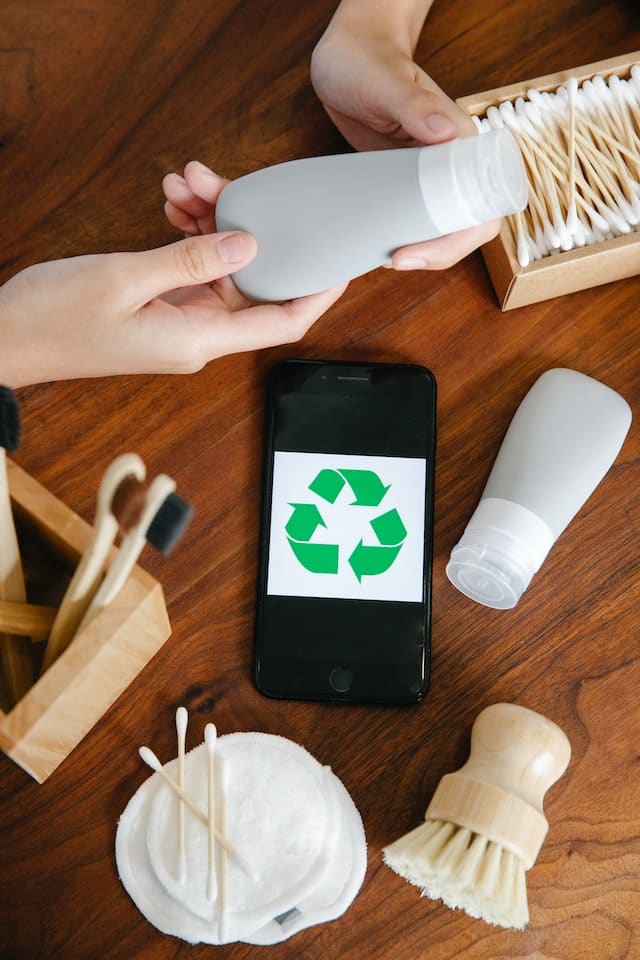
The Impact of Hand Sanitizer on Smartwatch Screens
In light of the components found in hand sanitizers and the delicate nature of smartwatch screens, it becomes clear that using hand sanitizer as a cleaning agent for these screens could have a range of effects, not all of them beneficial.
Alcohol’s solvent properties could potentially wear down the oleophobic coating on the screen over time. This coating is crucial for maintaining a clean, smudge-free display and for the smooth glide of your fingers over the screen. It’s not easily replaceable, and its degradation could lead to a permanently smudgy and less responsive screen.
Similarly, the protective glass layer could also suffer. While it’s designed to be robust, repeated exposure to a harsh substance like alcohol could weaken it over time, making it more prone to scratches or cracks. Additionally, any perfumes or colorants present in the hand sanitizer could leave unwanted residues, negatively affecting the screen’s visibility and responsiveness.
It’s important to remember that while these risks exist, they would likely only manifest with frequent and prolonged use of hand sanitizer for cleaning. Occasional use may not lead to immediate noticeable damage, but caution is advised due to the potential cumulative effect.
Expert Opinions and Manufacturer Guidelines
Despite the logical reasoning, the ultimate authority on the suitability of hand sanitizer for screen cleaning lies with the smartwatch manufacturers themselves. Most manufacturers, including giants like Apple, Samsung, and Fitbit, advise against using any cleaning products that contain alcohol, acetone, or abrasive materials on their screens. Instead, they recommend using a soft, lint-free cloth for cleaning. Apple has, however, updated its guidelines in light of the COVID-19 pandemic, stating that 70% isopropyl alcohol wipes can be used on their devices, but not sprayed directly.
Experts echo these sentiments. Technicians and professionals within the field generally advise against using alcohol-based products for cleaning smartwatch screens, citing potential damage to the oleophobic coating and the protective layer. Instead, they advocate for cleaning methods that are gentler and less likely to cause harm.
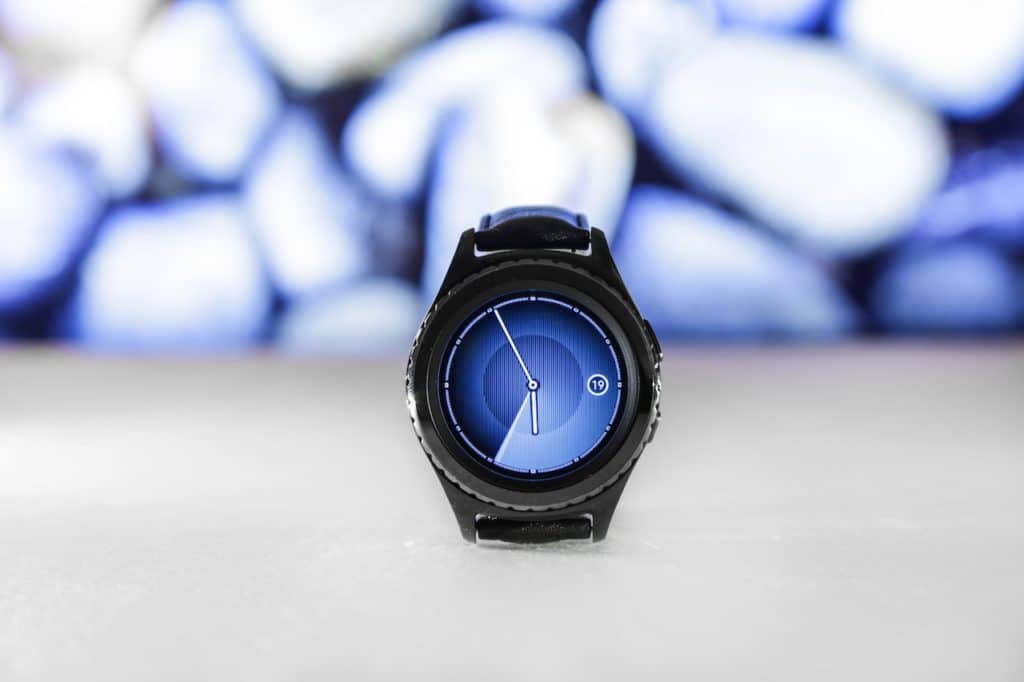
Alternative Cleaning Methods
Given the potential risks associated with using hand sanitizer to clean smartwatch screens, it’s advisable to consider alternative cleaning methods. One of the safest and most recommended methods is using a microfiber cloth. These cloths, designed to pick up and hold onto particles, can effectively clean the screen without scratching or damaging it. They can be used dry for light cleaning or slightly dampened for more stubborn grime.
For more robust cleaning, screen cleaning solutions, specifically designed for delicate electronic screens, are available. Brands like WHOOSH! and Screen Mom offer alcohol and ammonia-free cleaners that are gentle yet effective. These usually come with a microfiber cloth, making it a comprehensive cleaning solution.
Additionally, disinfecting wipes designed for electronics, such as those made by Clorox or Lysol, can be used. These products kill bacteria and viruses without the use of harsh chemicals that could damage the screen. Apple’s updated guidelines specifically mention the use of Clorox Disinfecting Wipes as a safe method for their devices.
Conclusion
In conclusion, while hand sanitizers serve an essential role in maintaining personal hygiene, their use for cleaning smartwatch screens is not advisable due to their potential to cause long-term damage. Manufacturer guidelines and expert opinions overwhelmingly lean towards using milder cleaning methods, such as microfiber cloths or specifically designed screen cleaners.
Keeping our smartwatches clean is indeed necessary, not just for aesthetic appeal but for the functionality and longevity of these devices. However, it’s crucial that we do so in a way that doesn’t compromise the device itself. Therefore, next time your smartwatch screen needs a clean, reach for that microfiber cloth or specialized cleaning solution rather than your hand sanitizer.
-

 Tech6 months ago
Tech6 months agoDo You Need Facebook To Use Gear VR?
-

 Tech6 months ago
Tech6 months agoAndroid Auto Disconnects When Phone is Locked? – Easy Fix
-

 Gadgets5 months ago
Gadgets5 months agoCan Dogs Use VR Headsets?
-

 Tech5 months ago
Tech5 months agoWhat Does “Voicemail Pending” Mean?
-

 Phones5 months ago
Phones5 months agoHow Do I Know if My Phone Supports AR?
-

 Tech5 months ago
Tech5 months agoDoes Astigmatism Affect Your VR Experience?
-

 Business4 months ago
Business4 months agoHow Do You Make an AR Without Coding?
-

 Phones4 months ago
Phones4 months agoWhat To Do About That Weird Notification Sound on Android?

